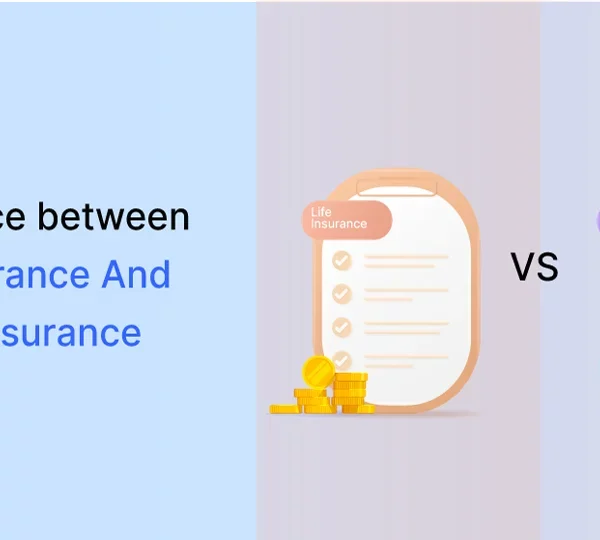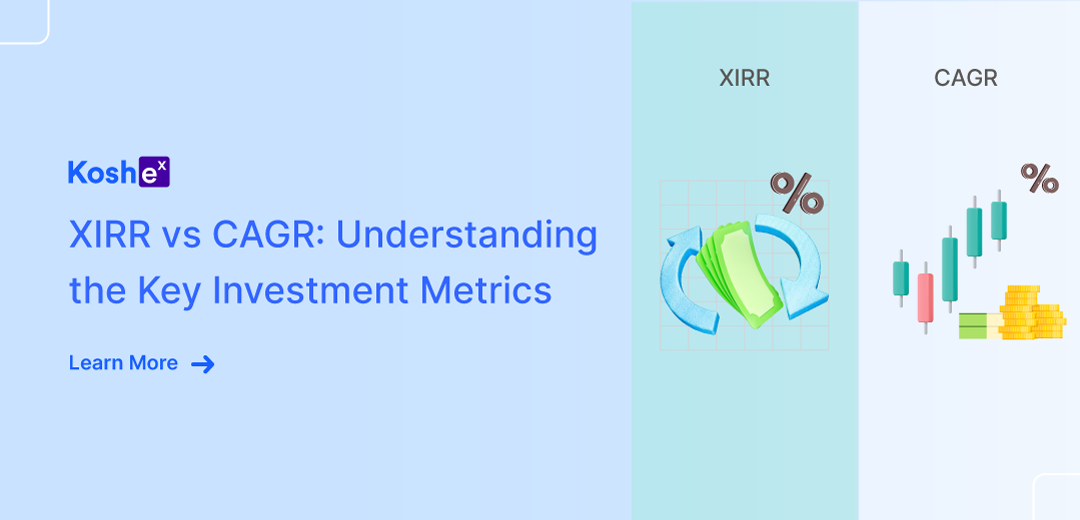With the economy picking up, the Indian government is working hard to ensure that the common man doesn’t get a raw deal. Traditionally, the Employee Provident Fund was one of the most common tax-saving choices.
However, other options like the Sukanya Samriddhi Yojna have also gained popularity. In addition, the government has mandated that all employees be covered under a retirement scheme.
How do we decide which are the best tax-saving investment options? In this blog post, we take a look at the best tax-saving investment options in 2023.
Best Tax-Saving Investment Options Under Sec 80C
Section 80C of The Income Tax Act, 1961 provides multiple investment and savings options for taxpayers to reduce their tax payable and inculcate a habit of savings and investments. It is also to be noted that all investment options under Section 80C provide a total deduction of up to ₹1,50,000 every financial year.
1. Public Provident Fund Scheme
The Public Provident Fund (PPF) Scheme is a well-liked investing tool for tax reduction. A PPF account must be opened at the post office or specific branches of public and private sector banks.
PPF schemes are eligible for interest at 7.1% and have a lock-in period of 15 years, but we can make partial withdrawals after 5 years from the account’s opening date.
A guaranteed rate of interest is earned on contributions to the PPF account. These deposits are eligible for Section 80C deductions worth up to ₹1.5 lakhs each fiscal year.
2. Government Schemes
We can consider government-approved schemes like the Sukanya Samriddhi Scheme to save and create wealth for a girl child. It currently provides interest at 7.6% p.a., payable directly to the girl child when she turns 21.
This investment is eligible for tax deductions under Section 80C for up to ₹1.5 lakhs each fiscal year. This scheme has a lock-in period of 21 years but allows the withdrawal of up to 50% of the balance at the account’s credit at the end of the preceding financial year, provided the account holder has completed 18 years of age.
3. National Savings Certificate
We can also invest in the National Savings Certificate (NSC), where interest is payable at 6.8% p.a. for a tenure of 5 years. One of the safest investment modes, NSCs are backed by the Central Government and provide fixed returns. This investment is also eligible for deductions under Section 80C for up to ₹1.5 lakhs each fiscal year.
4. Unit Linked Insurance Plan
The Unit-Linked Insurance Plan (ULIP) is an investment instrument that offers life cover and wealth creation by investing in equity and debt. However, it is volatile due to its investment in equity, we should be careful and choose plans that suit our risk appetite.
5. Equity Linked Savings Scheme
Equity Linked Savings Schemes (ELSS) are equity mutual funds that can allocate 65% to 100% of assets under management (AUM) in equity markets and 0% to 35% in debts. They come with a mandatory lock-in period of 3 years.
6. Government Tax-Saving Bonds
We can also invest in government-approved tax-saving bonds, approved bonds of NABARD, notified deposit schemes, or pension funds of the National Housing Bank (NHB) that qualify for deductions under Section 80C for up to ₹1.5 lakhs.
Although the interest rates vary, they are one of the safest investment options since the Central Government backs them.
7. Term Deposits
Investments in government-approved tax-saving Term Deposits (TD) or in Post Office Time Deposits can also be considered by investors. As notified by the Post Office Time Deposit Rules, 1981, for a tenure of 5 years, these investments qualify for deductions under Section 80C for up to ₹1.5 lakhs. Interest in these deposits ranges from 6% p.a. to 7% p.a., and they provide a fixed rate of returns.
8. Senior Citizens Savings Scheme
Investments made as notified by the Senior Citizens Savings Scheme Rules, 2004, qualify for deductions under Section 80C for up to ₹1.5 lakhs. The interest rate changes every quarter. Currently, the interest rate is 8.0% p.a. However, if we invest an amount at the said interest rate, the interest rate gets locked for the entire tenure, i.e., 5 years.
For example, if we invest ₹1.5 lakhs in the Senior Citizen Savings Scheme and the interest rate prevailing at the time of investment is 8.0% p.a., the said interest rate will be locked in for the entire tenure of investment. The maximum deduction that can be availed in this scheme is ₹1.5 lakhs.
9. Tax-Saving Fixed Deposit
We can lower our tax obligation by investing in tax-saving fixed deposits under Section 80C for up to ₹1.5 lakhs. These FDs have a lock-in period of 5 years, and the interest earned is taxed. Interest rates typically range from 5.5% p.a. to 7.75% p.a.
Best Tax-Saving Investment Options Under Section 80CCC and 80CCD
10. Pension Funds
Investment in certain pension funds of the Life Insurance Corporation of India (LIC) or any other insurer (subject to certain conditions) enables us to get a maximum deduction of ₹1.5 lakhs under Section 80C.
We can also invest in the pension scheme (NPS) as notified by the Central Government for up to 10% of our salary (subject to certain conditions and limits). Also, suppose we opt for tier I NPS by making an additional investment of ₹50,000 as per Sec 80CCD(1B); we can claim an additional deduction of ₹50,000 over and above the eligible deduction of ₹1.5 lakhs as specified in chapter VI A.
As specified in chapter VI A of the Income Tax Act, 1961, the maximum deduction that can be claimed is ₹1.5 lakhs. However, by making additional contributions to NPS, we can claim a different amount of up to ₹50,000 u/s 80CCD(1B).
Conclusion
Under Section 80C, ₹1.5 lakhs can be claimed as a deduction from total income; thus, we can save tax to the extent of the applicable slab rate tax percentage on their income. So, an individual in the 30% tax bracket can save ₹30,000 on an investment of ₹100,000 in any of the previously explained schemes by claiming a deduction under Section 80C.
If you are looking for the best tax-saving solution for you, download our Koshex app and get in touch with our experts. We would be happy to devise a solution for you and help you save taxes. Apart from saving taxes, you can also track your net worth, save smartly, and invest in personalized recommendations. Head over to our website or download our app today!
Frequently Asked Questions (FAQs):
1. Can I claim a deduction over and above the limit of ₹1,50,000?
Apart from the deduction of ₹1,50,000, we can claim an additional deduction of ₹50,000 via contribution to NPS as per Sec 80CCD(1B). Also, we can claim an additional deduction of a specified amount if we pay a premium on medical health insurance for ourselves, our spouse, our dependent children, and our dependent parents.
2. I am a proprietor, and I claim expenses in my business. Can I also claim deductions as per Chapter VIA?
Suppose one is an individual or Hindu Undivided Family (HUF) having taxable income. Apart from one’s business expenses (which affect the profit or loss of the business), one can claim deductions as laid down under Chapter VIA of the Income Tax Act. These deductions will be made from one’s taxable income, not business income.
3. Every year, I invest ₹1.5 lakhs in Life Insurance schemes. What other options can help me save tax and generate wealth?
Apart from the LIC plans, we can invest in NPS, ELSS, and FDs that suit our risk-taking capacity and income goals.









Leave a Comment